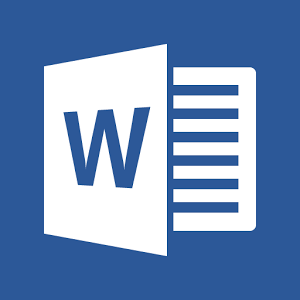The Google Classroom – Assisted English Writing Classroom Practices: An Indonesian EFL Teacher's Experiences
Abstract
This research aims to investigate a teacher’s experiences and difficulties of Google Classroom-assisted teaching writing. This research used narrative inquiry as a research design. It used interview as the data collection technique to answer the research questions. One English teacher who taught in two grades of Vocational School in Karawang, Indonesia participated in this research. The finding shows that the teacher had particular ways to deliver the material assisted by Google classroom. To work with the Google Classroom, the teacher also used the PJBB Pembelajaran Jarak Jauh to deliver the material which was fit to school curriculum. To assess the students, the teacher used to ask the students to write down the answers of its task, and then they take the picture of its answers so they send it into Google Classroom. To conclude, this study shows that the internet data, device, student and teachers' ability, and so many other factors were given a big impact on online class, especially on Google Classroom-assisted teaching writing. The next researcher hopefully will conduct the research in the different focus of study, different learning media, and different classes or grades and also the next researcher hopefully conduct it with more participants. Because of this study just focused on writing narrative text lessons assisted by Google Classroom, the future research with another focus of study for example reading, speaking, listening, and so on hopefully will be conducted.
Downloads
References
Ariyanti (2016). The Teaching of EFL Writing in Indonesia. Researchgate.
Azhar, Kaukab Adib. (2018). Effectiveness of Google Classroom: Teachers’ Perceptions. Prizren Social Science Journal.
Dewi, Roofi Kusuma. (2021). Improving the Ability of Grade 10th Students of Senior High School 1 Karanganyar in Writing Narrative Texts through a Sequence of Pictures. Researchgate.
Efriana, Leli. (2021). Problems of Online Learning during Covid-19 Pandemic in EFL Classroom and the Solution. Journal of English Language Teaching and Literature.
Elola, Idoia., and Ana Oskoz. (2017). Writing With 21st Century Social Tools in the L2 Classroom: New Literacies, Genres, and Writing Practices. Springer.
Farahani, Ali Akbar Khomeijani., Majid Nemati., and Mostafa Nazari Montazer. (2019). Assessing Peer Review Pattern and The Effect of Face-to-Face and Mobile-Mediated Modes on Students’ Academic Writing Development. Testing in Asia.
Gannon, Susanne., and Jennifer Dove. (2021). Artefacts, Practices and Pedagogies: Teaching Writing in English in the NAPLAN Era. The Australian Educational Researcher.
Gracia, Antero., Mary Rose Kelly., and Kristina Stamatis. (2020). When Technology Goes Unnoticed: Teacher Beliefs and Assumptions About Technology Use in Three 9th Grade English Classrooms. Routledge.
Green, McKinley. (2019). Smartphones, Distraction Narratives, and Flexible Pedagogies: Students’ Mobile Technology Practices in Networked Writing Classrooms. Elsevier.
Iftakhar, Shampa. (2016). Google Classroom: What Works and How?. Journal of Education and Social Sciences, Vol. 3.
Jeong, Heejeong. (2016). Narrative and Expository Genre Effects on Students, Raters, and Performance Criteria. Elsevier.
Kumar, Jeya Amantha., Brandford Bevell., and Sharifah Osman. (2020). Google Classroom: Insights From Malaysian Higher Education Students’ and Instructors’ Experiences. Springer.
Laili, Ela Nur., and Tatik Muflihah. (2020). The Effectiveness of Google Classroom in Teaching Writing of Recount Text For Senior High Schools. JOLLT.
Lin, Sunny S.J., and Ming-Yi Hsieh. (2019). Differences between EFL Beginners and Intermediate Level Readers When Reading Onscreen Narrative Text with Pictures: A Study of Eye Movements as a Guide to Personalization. Taylor and Francis.
Martin, Anne., Mirja Tarnaen., and Palvi Tynjala. (2018). Exploring Teachers’ Stories of Writing: A Narrative Perspective. Routledge.



.png)



22.png)
